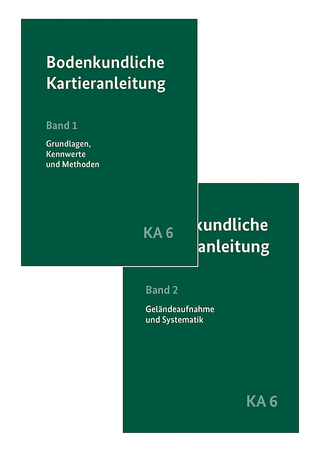
Remote Sensing Image Processing Algorithms for Detecting Air Turbulence Patterns
CRC Press (Verlag)
978-1-032-34458-4 (ISBN)
- Lieferbar (Termin unbekannt)
- Versandkostenfrei
- Auch auf Rechnung
- Artikel merken
Injuries due to air turbulence has increased recently, therefore there is considerable concern and interest in understanding and detecting it more accurately. Presently hardly any research deals with air turbulence detection using remote sensing images. Most works use conventional optical remote sensing data with classical methods such as a library spectral signature, band ratio, and principal component analysis without designating new methods and technology. Very little research has attempted to implement optical and microwave remote sensing images for air turbulence detections.
This book provides new image processing procedures for air turbulence detection using advanced remote sensing images and quantum image processing. Currently, there is a huge gap between research work in the field of air turbulence detection and advanced remote sensing technology. Most of the theories are not operated in terms of software modules. Most of the software packages in the field of remote sensing images cannot deal with advanced image processing techniques in air turbulence detections due to heavy mathematics work. In this view, this book fills a gap between advanced remote sensing technology and air turbulence detection. For instance, quantum image processing with a new generation of remote sensing technology such as RADARSAT-2 SAR images is also implemented to provide accurate air turbulence detections.
Maged Marghany, Distinguished Professor, the visionary behind the innovative theory titled "Quantized Marghany's Front," is the Director at Safanad Information Technology in Malaysia. Dr. Marghany has been listed among the top 2% of scientists for four consecutive years—2020, 2021, 2022, and 2023 by Stanford University. Furthermore, his profound impact is reflected in the recognition of two of his books, acknowledged among the best genetic algorithm books of all time. Dr. Marghany's ongoing commitment continues to shape the landscape of scientific thought and geoinformation expertise. Additionally, Dr. Maged Marghany achieved the remarkable distinction of being ranked first among oil spill scientists in a global list spanning the last 50 years, compiled by the prestigious Universidade Estadual de Feira de Santana in Brazil. He was also a prominent visiting professor at Syiah Kuala University in Indonesia. In previous roles, Dr. Marghany directed the Institute of Geospatial Applications at the University of Geomatica College. His educational journey includes a post-doctoral degree in radar remote sensing, a PhD in environmental remote sensing, and a Master of Science in physical oceanography. With over 250 papers and influential books like "Advanced Remote Sensing Technology for Tsunami Modeling and Forecasting," Dr. Marghany's significant contributions shape global perspectives in remote sensing, geospatial applications, and environmental science.
Mathematical Modeling Principles for Turbulence Description. Quantum Mechanics of Atmospheric Turbulence. Quantum Mechanics in Remote Sensing: Theoretical Perspectives. Quantization of Haarp-Ionosphere Disturbance: Generating Turbulence in Ionospheric Plasma. Quantization of Haarp-Inducing Turbulence Plasma Extreme Heat Waves. Utilizing Quantum Spectral Energy Signatures for Identifying Cloud Patterns. Quantum Edge Detection Algorithm for Automated Cloud Street Identifications. Development of The Superposition Vortex Distance Decomposition Algorithm for Detecting von Kármán Vortex Cloud Streets in Multi-Satellite Imagery. Exploring The Principles of Synthetic Aperture Radar. Developing Quantum Soliton-Inspired Particle Swarm Optimization Algorithm for Automatic Detection of Atmospheric Gravity Waves in Multisar Satellite Data. Quantum Multi objective Algorithm for Automatic Detection of Tropical Cyclone in Synthetic Aperture Radar Satellite Data. Four-Dimensional Quantum Hologram Radar Interferometry Radar for Tropical Cyclonic Tracking. Index.
| Erscheinungsdatum | 18.09.2024 |
|---|---|
| Zusatzinfo | 13 Tables, black and white; 1 Line drawings, color; 129 Line drawings, black and white; 13 Halftones, color; 162 Halftones, black and white; 14 Illustrations, color; 291 Illustrations, black and white |
| Verlagsort | London |
| Sprache | englisch |
| Maße | 178 x 254 mm |
| Themenwelt | Naturwissenschaften ► Geowissenschaften ► Geografie / Kartografie |
| Naturwissenschaften ► Geowissenschaften ► Meteorologie / Klimatologie | |
| Naturwissenschaften ► Physik / Astronomie ► Angewandte Physik | |
| ISBN-10 | 1-032-34458-X / 103234458X |
| ISBN-13 | 978-1-032-34458-4 / 9781032344584 |
| Zustand | Neuware |
| Haben Sie eine Frage zum Produkt? |
aus dem Bereich


